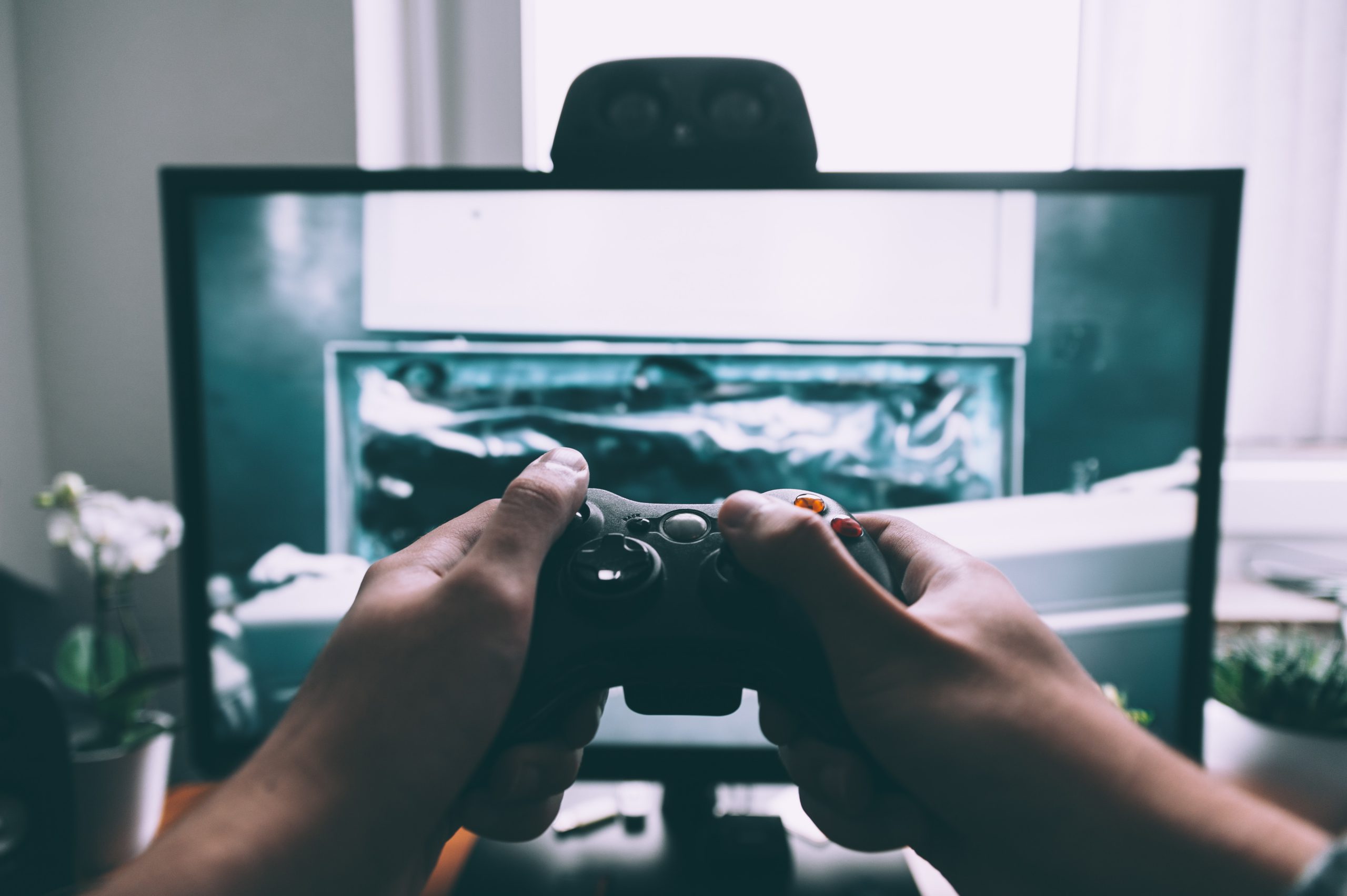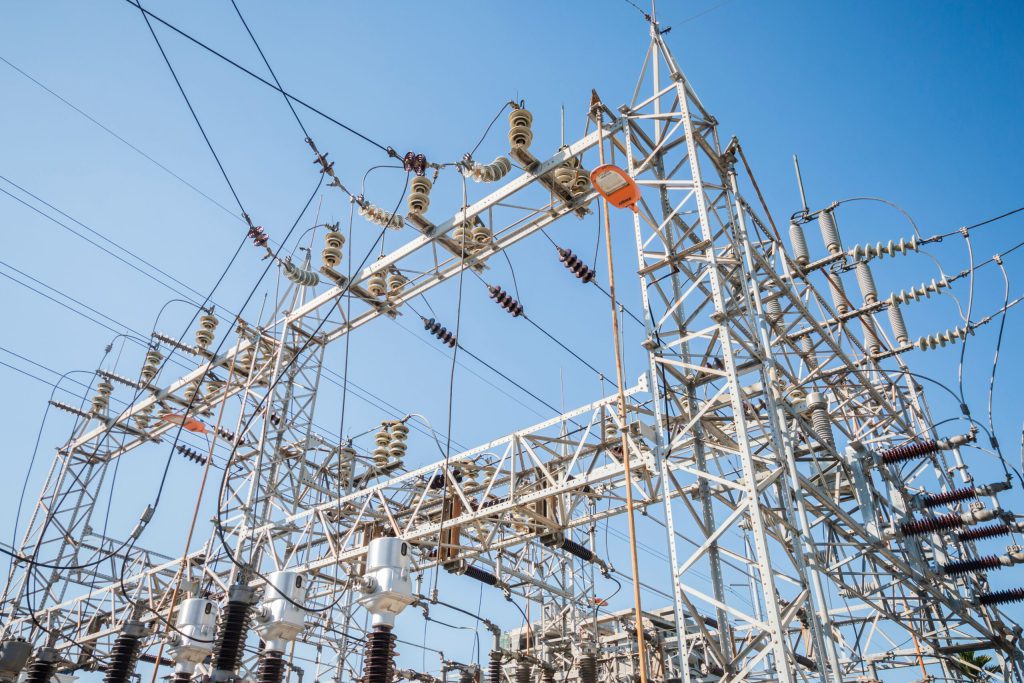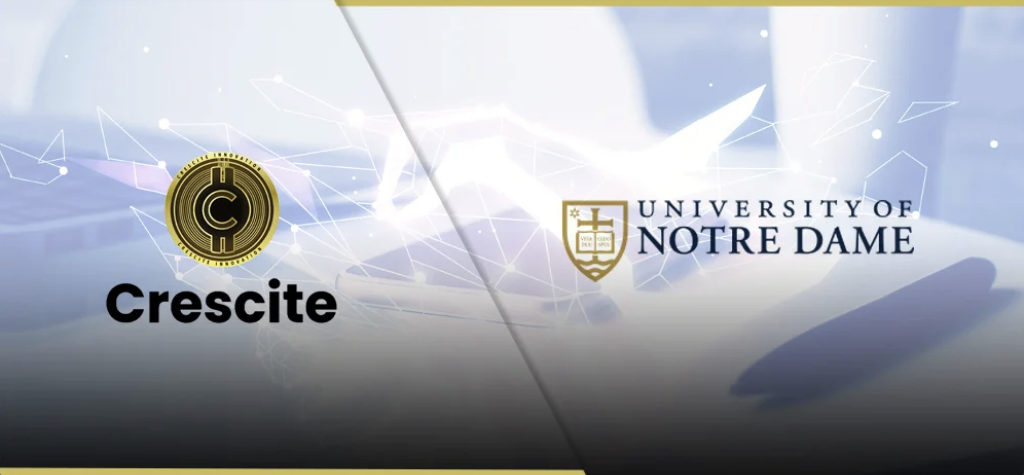America is currently experiencing one of the worst opioid epidemics in history, and the Midwest is no stranger to this. In Ohio, morgues are filling up so quickly that body must now be stored in refrigerated trailers as a temporary solution as these deaths increase at an uncontrollable rate. This has not only impacted those afflicted with this crippling addition, but also many other areas within society and government, such as the number of children submitted to foster care, which sources report is also reaching a breaking point. In Ohio alone, the crisis is costing the state a devastating $8.8 billion a year. Despite the president declaring a health emergency, the problem shows no signs of slowing down.

Will Rosellini










